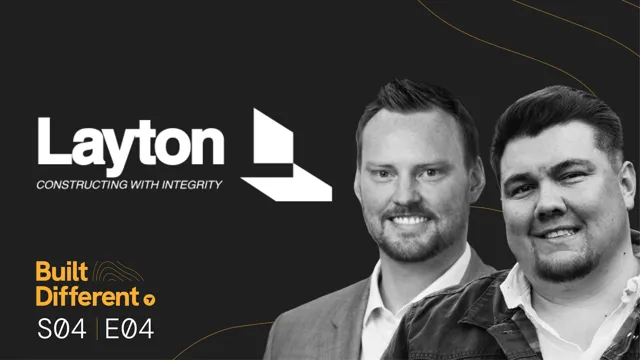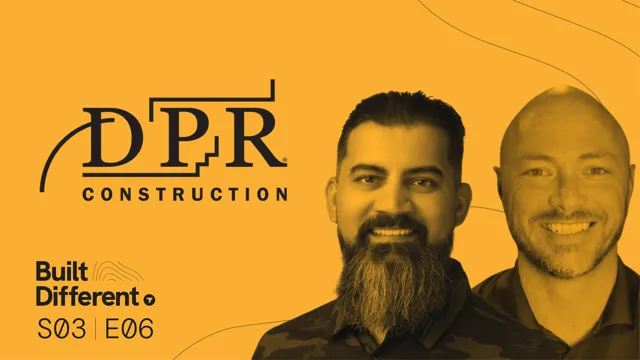Watch the session:
Download the slides:
Many construction teams feel overwhelmed by the constant stream of new construction tech. We cut through the noise with seasoned construction pros, Jeff Forbes (Regional Director, Beck Group) and Paul Krauss (General Superintendent, Beck Group). They share the real-world tools they swear by and how these technologies make a tangible impact on jobsites.


